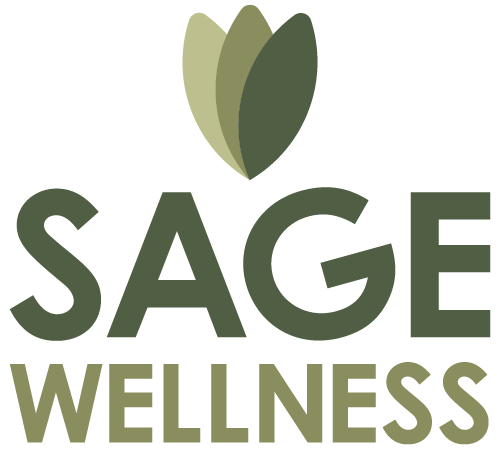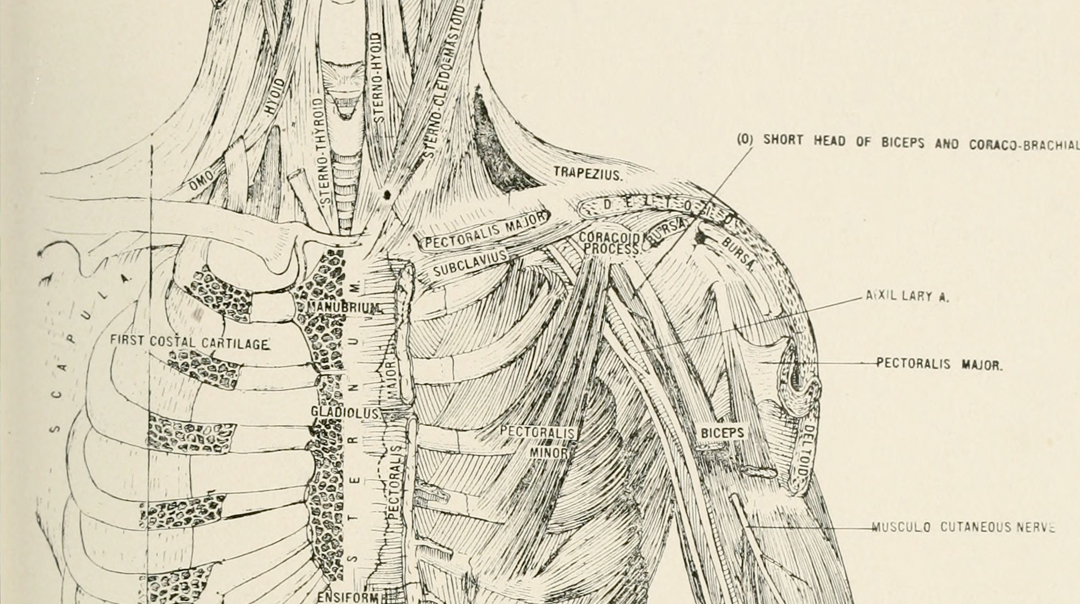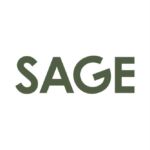This post is brought to you by our Manual Osteopath Carolyn!
Osteopathy was founded in the 1800’s by Andrew Taylor Still in the United States of America. The profession was developed as an alternative channel to unsophisticated, dangerous medical practitioners of that time. Frustrated with modern practices, A.T. Still created musculoskeletal manipulation methods to help the body maintain a balanced state of health, without the extreme use of traditional medications. In 1874, these methods were identified as “Osteopathic”.
Throughout the years, Osteopathy has spread across the world with different branches in the United States, Europe, and Canada. In 1981 an Osteopath from France came to Canada and introduced Manual Osteopathy. Manual Osteopathy in Canada is European-style osteopathy.
Some Common Myths about Osteopathy:
There is some confusion about Osteopathy, let’s help clear some of that up!
1) Isn’t an Osteopath a doctor that can medically diagnose?
Osteopaths that are trained in the U.S as physicians are able to medically diagnose, prescribe medication, and preform surgery.
Osteopaths that are trained in the U.S as physicians are able to medically diagnose, prescribe medication, and preform surgery.
In Canada, we mainly practice European-style osteopathy and refer to ourselves as “manual osteopaths”, to not be confused with the Osteopathic Physicians trained in the U.S. We would work with your family physician to assist us in coming to a medical diagnosis when necessary.
Our Canadian practice uses manual (hands-on) techniques to address musculoskeletal components of the body to treat pain or dysfunction.
During a session, we would preform an osteopathic diagnosis and muscle/structure testing before starting treatment.
2) Osteopathy….does that have to do with BONES??
Yes, It does! but that isn’t all.
Yes, It does! but that isn’t all.
Manual Osteopaths focus on working the bone structure AND its surrounding tissues (muscles, ligaments, tendons, fascia, circulatory systems, viscera) to help pain or dysfunction within the body.
We focus on bringing movement to the joints, stretching and strengthening parts of the body’s framework, and increasing circulatory flow within the body.
3) “M. Osteopaths hold my head for an hour”
Some cases require a focus on cranial functioning where your practitioner might hold your head for awhile. However, a large portion of the session will be spent on techniques for different parts of your body’s framework and tissues; addressing joint mobilization and functioning.
Some cases require a focus on cranial functioning where your practitioner might hold your head for awhile. However, a large portion of the session will be spent on techniques for different parts of your body’s framework and tissues; addressing joint mobilization and functioning.
A typical session will have you in a mixture of being face down, face up, or side lying on your practitioner’s treatment table. The practitioner would preform manual techniques on areas they feel need to be addressed.
To book an appointment with Carolyn, just click here!




Recent Comments